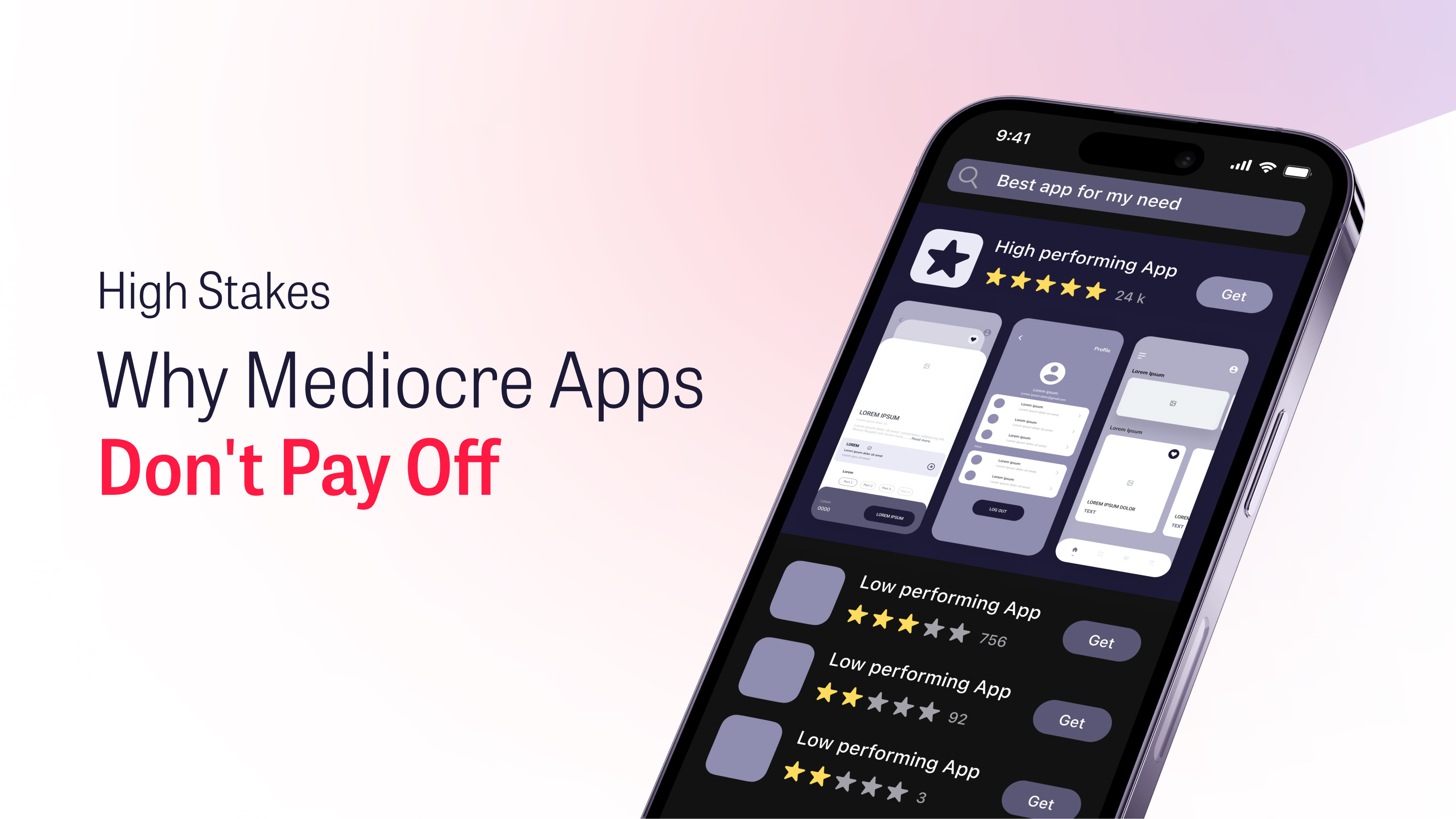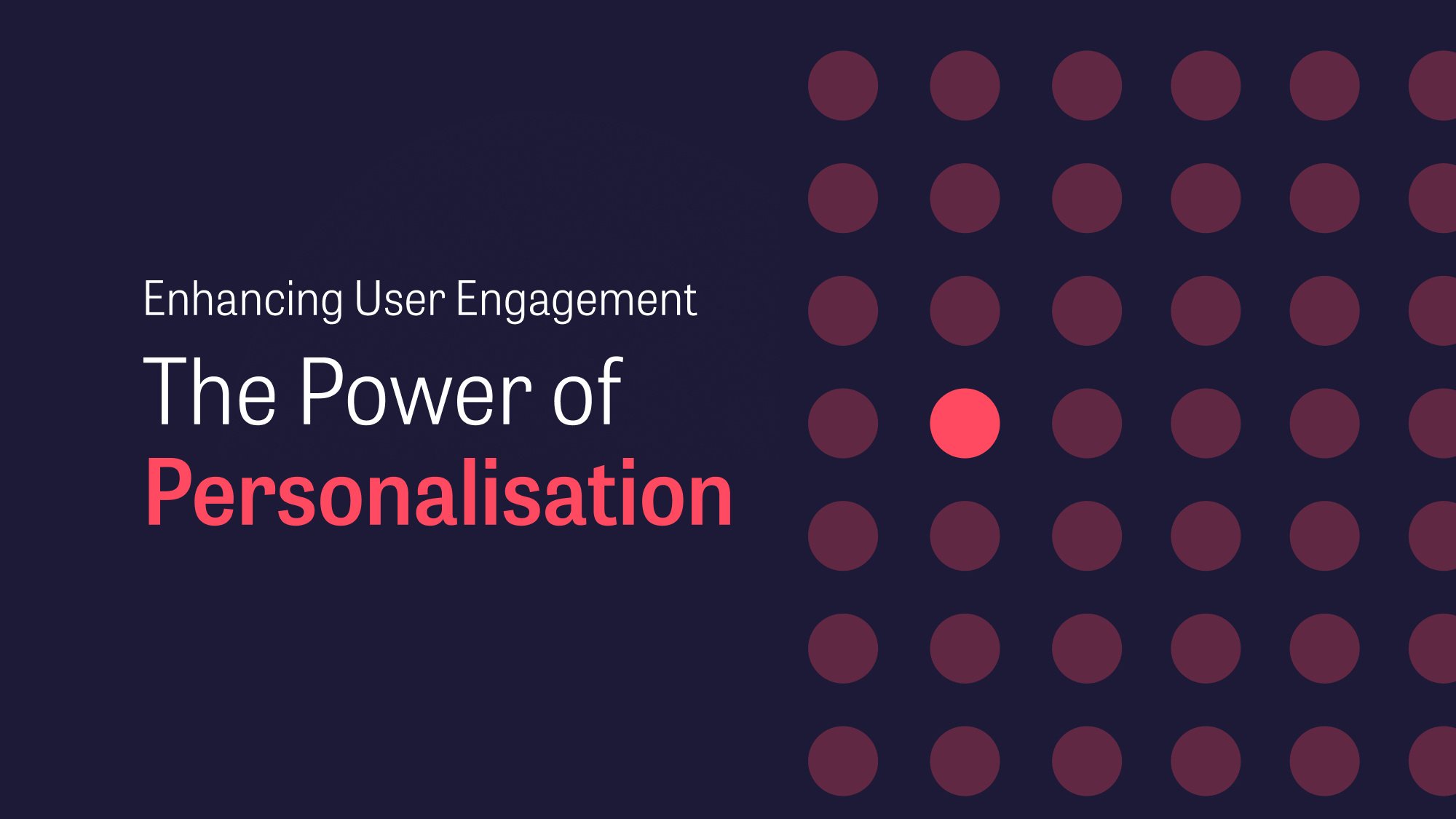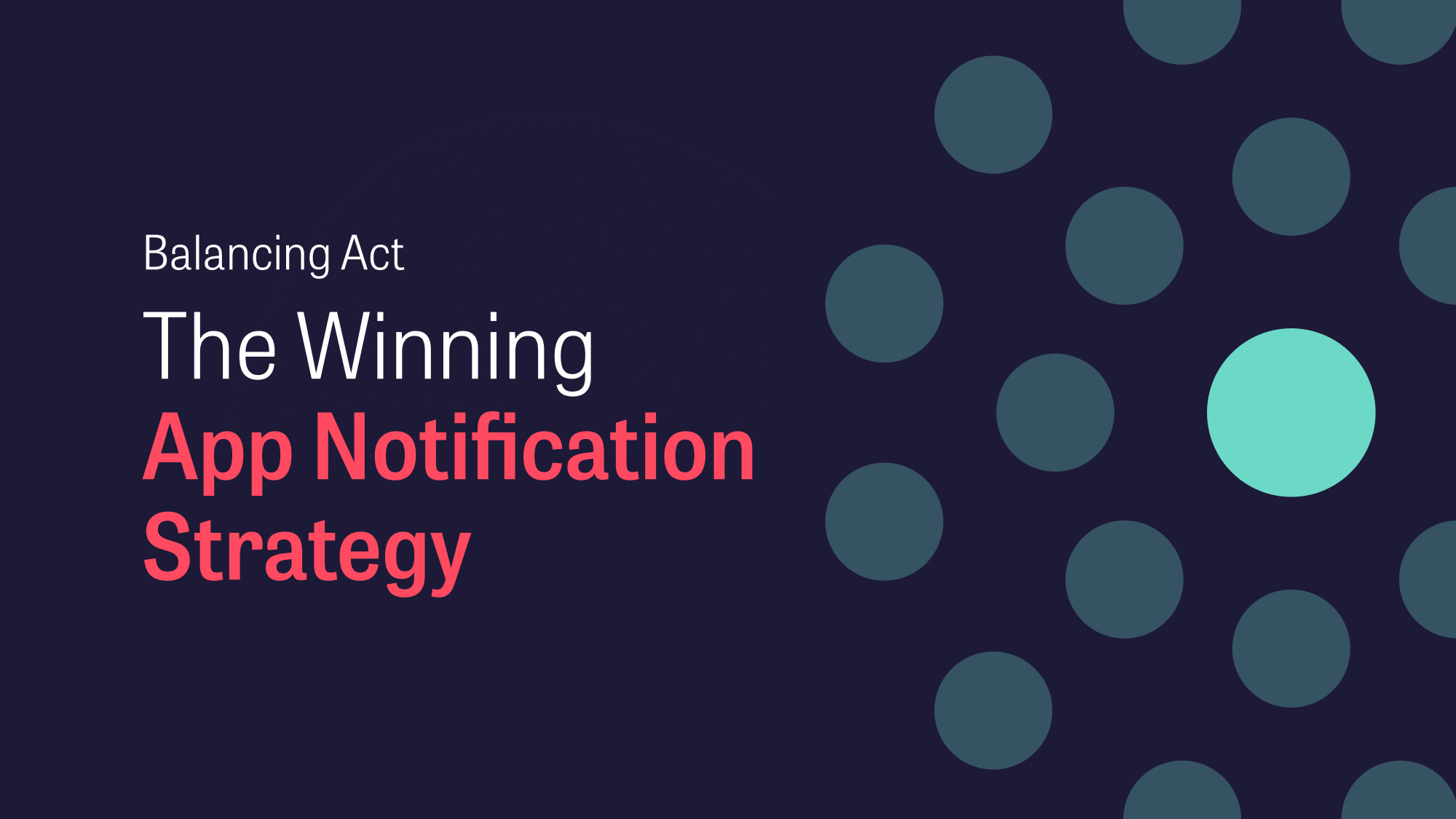
Smartwatches have transformed the wearable technology landscape, yet challenges persist in the realm of healthcare. With an abundance of apps being tailored specifically for smartwatches, individuals are immersing themselves in a world of wrist-worn connectivity, using these devices to meticulously track their well-being and exercise. If you're a C-level executive in the healthcare industry, understanding the potential benefits of wearable apps should be a priority as it promises unprecedented improvements in patient care, operational efficiency, and overall cost-effectiveness. Continue reading to learn about how data is a key driver in making wearables trustworthy and valuable for businesses and users alike.
More Than a Watch: The Versatile Role of Wearable Technology Today
The wearable market has experienced a boom over the last couple of years, not only due to its convenience, integration, and innovation, but nowadays users also want to easily monitor their health and fitness needs. Wearable technology encompasses devices specifically designed to be worn or integrated into clothing and accessories. Products in this category range from different types of wearable devices such as smartwatches, rings, headsets, and glasses. In 2022, there were over 1.1 billion connected wearables devices, having increased from just over 900 million in 2021. This trend continues to be driven by smartwatches. In this blogpost we will shed light on wearable products that are not medical devices namely smartwatches, exploring their practical uses and addressing associated concerns as well as future potential.
Apps on Your Wrist: Business Opportunities in Wearable Health Tech
Wearable technology comes in many forms, especially in the healthcare industry. From medical patches to integrated activewear, nowadays it’s easier to track health-related issues and monitor fitness levels such as walking and breathing rates, among other metrics. Smartwatches are the leading wearable device with a growing number of apps being catered to it. A number of apps make up the health & fitness category, such as step counting apps, sleep trackers and exercise trackers. These apps have gained popularity by providing users with incentives to increase their physical activity and step count. It also provides insights into how much the user has moved and exercised, including calorie counts, sleeping patterns, and others. Workout apps are used for creating and tailoring workout programmes and tracking the users’ progress. The data gathered from these are a bit more specific such as running progresses and speed/distance rates, heart rates during those exercises and more. These tend to then connect to fitness trackers for giving an overview of the users’ physical activity. Overall, these apps focus on the users’ physical health through exercise and rest.
What this means is that there are immense opportunities and applications for smartwatches to leverage users’ daily life by providing them with unique insights into their health and activity. For businesses, this is translated into opportunities of modernising and differentiating the healthcare industry and growing their closeness to the user.
The Ecosystem: Harnessing Native Features for Watch Apps
Regarding developing apps within the Apple ecosystem, it not only allows the full range of native features and capabilities offered by Apple like the Health to be leveraged on to the watch, but developers also benefit from Apple’s comprehensive tools, frameworks, and resources. Since the release of watchOS 6, watch-only apps can be developed and tailored to the device, opening more opportunities for developers and businesses, such as:
- enhanced user engagement
- specialised wearable experiences.
Other operating systems and smartwatches also benefit from distinct features and developer tools to create compelling wearable applications.
Regarding other kinds of wearables, with the recent announcement of Vision Pro, Apple is expanding the potential of creating health-related apps and technology for the AR/VR experience. This would shift the usefulness of such devices from being user-centric to actually helping doctors and health practitioners in innovating and learning. While having massive potential within healthcare, VisionPro also has great business potential in other industries. Read more about that here.
Wrist-Worn Motivation: Using Device Reliance for Greater User Engagement
This realm of apps opens up opportunities for interconnectivity between the users’ physical life and their device, meaning that a users’ daily activity and lifestyle influences their engagement with these apps. The deeper a user immerses themselves in the world of wearables, the more effortlessly they can unlock the full potential of their devices and the experience it can provide, especially in the healthcare sector. It becomes part of the users’ routine to wear their smartwatch and collect their health-related data, creating a true merge of their physical health and data. This dependency the users have over a device is what gives businesses the potential to innovate and enter the users’ daily life with increased opportunities of engagement.
Case: Utilising Apple Watch and HealthKit for Comprehensive Patient Health Monitoring with The Horsted Institute
We recently helped the Horsted Institute with the challenge of determining the effectiveness of medical treatments due to the human tendency to be influenced by the placebo effect and only remember their most recent health state.
In collaboration with the Horsted Institute, we sought a solution to consistently track patients' health over time. The chosen method was to develop a WatchOS app for the Apple Watch, which would monitor 16 different health metrics including heart rate, physical activities, sleep, experienced pain, headache, and nausea.
Given that so many have a smartwatch and its ability to function without constant iPhone connectivity, it was ideal for this project. Initial tests with doctors and project team members were positive. A broader test with selected patients is ongoing, but preliminary results indicate that the tool is effectively addressing the challenge.
Read more here.
Challenging Innovation: The Power of Data vs Safety
There are some ethical and safety concerns regarding wearable technology in the healthcare sector. Some of the biggest concerns being posed by doctors and users about wearable technology are the accuracy of its monitoring, and how much people can rely on them, as well as data safety concerns. The data that is collected regarding patients and/or health-sensitive information must be confidential and anonymous both for ethical and legal reasons. So, how do we ensure accurate information and safeguarding of this data information? By taking a comprehensive, layered approach to security, businesses can protect the sensitive health data collected by wearables and foster trust with their user base.
Trustworthiness and Accuracy: The Need to Balance Wearable Insights with Medical Experts
The Apple Watch can obtain a series of data from being on the users wrist using infrared sensors. It even allows users to monitor their heart rate with its ECG monitoring technology. However, it’s important to note that the Apple Watch can’t detect or prevent any heart-related issues like blood clots, heart attacks and strokes. This is where the line gets blurry regarding these technologies – for the most part they are useful tools for monitoring different health-related problems but they shouldn't replace a visit to the doctor or induce any self-diagnosis. The integration of powerful artificial intelligence (AI) can enhance the efficiency and reliability of wearables, but it also brings forth implications to consider regarding data safety.
The Power of Data: How Data Shapes Wearable Experiences
Data is an important player in ensuring both quality of information and improving the user experience. As smartwatches strive to collect health data that aligns closely with clinical information, companies must be cautious in ensuring the safety and protection of user data. Some countries have quite strict rules regarding what is considered Protected Health Information (PHI). Consequently, the ongoing battle to safeguard user data remains a constant challenge for companies. Although data has this negative connotation when it comes to safeguarding the users’ privacy, maximising the use of data through AI is what connects healthcare to the daily life of users. The ability of a smartwatch providing accurate information to its users, lies on the power of the data captured, so the more a smartwatch can monitor from being on a users’ wrist, the higher the quality of the insights given. Identifying trends and patterns are a means to providing personalised recommendations – although still keeping in mind this technology does not replace a doctor.
The Future of Wearables in Healthcare: The Rising Influence of Wearable Apps on Daily Lives
Although wearables may have some work ahead, the future of wearable technology in healthcare is promising and displays immense potential. Soon we will see the data gathered from wearables such as smartwatches being a direct source of information for doctors, or potentially these technologies will become a main monitoring tool for the common user. In sum, the more capabilities these smartwatches and technologies gain to monitor various health parameters, the higher the quality of the information it can provide, and the more doors it opens for future relevance in the healthcare industry.
It’s undeniable the influence these apps are gaining over users’ lives, with highly motivational engagement models and smart ways to keep the user hooked. This shift from having a pocket device always on reach to wearable devices that are literally always on the user has come to change the way apps impact a users life and journey. For businesses and developers this poses important challenges but also great opportunities of being even closer to the user and leveraging data for the users’ personal gain.
Conclusion: The New Era of Business-User Engagement Through Wearables
In conclusion, smartwatches have revolutionised the wearable technology landscape, especially in the realm of healthcare. With a multitude of health and fitness apps tailored for these devices, users can closely monitor their well-being and exercise, creating a true merge of their physician health and data. However, despite the immense growth and potential of wearable technology, concerns surrounding data safety, accuracy and trustworthiness persist. While wearables continue to gain momentum, bridging the gap between user and doctor trust is essential. Data plays a pivotal role in making wearables reliable and safe, with the integration of AI offering personalised insights.
The future of wearables in healthcare is promising, with potential applications as direct sources of information for doctors and main monitoring tools for users. As wearables become increasingly capable of monitoring various health parameters, they hold the key to unlocking new opportunities and relevance in the healthcare industry. The transformative shift towards wearable devices opens up possibilities for businesses and developers to be closer to users and leverage data for personalised benefits, further enhancing the impact of apps on users’ lives.






